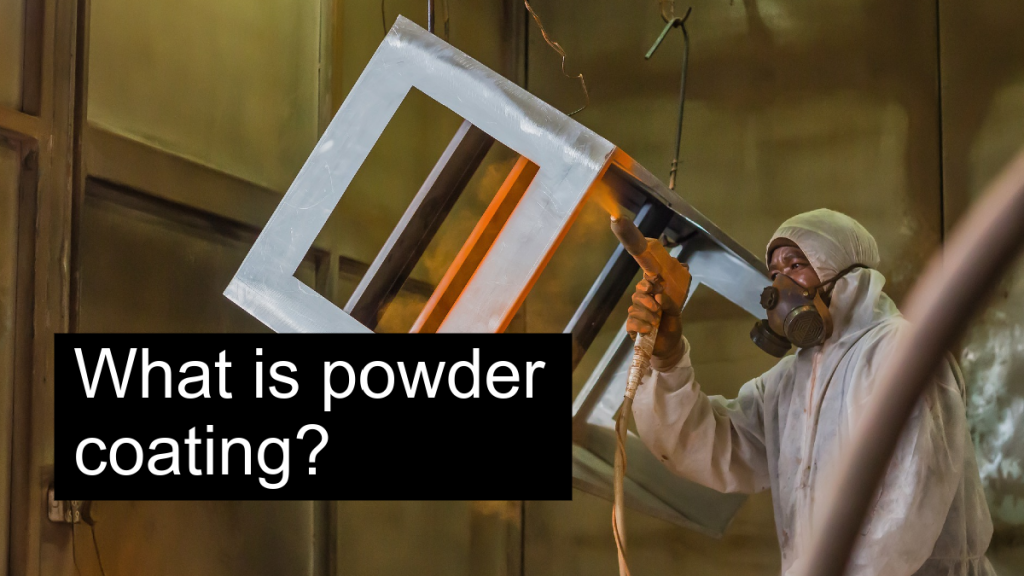The internet of things is leaving its mark in many different industries and garden and farm management is one of the key areas it is working its magic on. The recent hype in IoT has created a wave of startups attempting to transform both home gardens and commercial agriculture. Let’s explore how cutting edge sensors and software can help you better manage your plants and crops.
What is IoT or the internet of things?
IoT is a set of technologies including hardware, software, and connectivity tools for connecting anything and everything to each other, from your toothbrush to an autonomous drone or a self-driving car.
The hardware includes sensors, actuators, and controllers. Smart gardens use sensors to sense rain, soil moisture, temperature, and more. Startups have even used IR cameras to observe leaf stomata to study the transpiration rates. IoT systems also use ultrasonic sensors, LiDAR, mics, gyroscope, GPS, and other sensors.
Actuators get input from the controllers to perform an action. This could be a speaker sounding an alarm, or a door lock opening, or in the case of a farm, it could be a sprinkler starting to water an area.
An IoT network connects these sensors and actuators to each other and to the controller. Depending on the specific use case, there are plenty of connectivity options for them. For example, if the battery is not a constraint and you want to send a huge amount of data, you can go for 4G or 5G connectivity. If battery life is a problem, and you don’t need a huge range, you can go for Bluetooth connectivity. Each of these connectivity options has its own pros and cons, and you can even combine two or more if required.
The controllers take input from these sensors and based on the programming, it takes decisions and sends commands to the actuators. The controller may also send the data to the cloud for further processing as well as a remote control. The end-user can (usually) control the system remotely through a mobile or a desktop app.
This is of course just a very general picture of an IoT system. In some cases, like a self-driving car or a smartwatch, all of these components could be in a single device. Or in the case of an IoT system, the sensors, the actuators, and the controllers could all be physically separate from each other.
How can Internet of Things help better manage gardens and farms?
With IoT, homeowners and farmers can have more precise control over their plants and crops. The sensors eliminate the guesswork out of gardening. Sensors can collect accurate data about the soil moisture content as well as the chemical composition of the soil. IoT systems deliver exactly the right amount of water and fertilizers to the plants with this data.
IoT systems can also reduce the workload for maintaining your plants. For example, with a smart garden irrigation system, you don’t have to go and turn on the sprinklers or drip irrigation system every day. Once you set it up, it will work semi-autonomously and will alert you in case something goes wrong.
Besides irrigation, startups have combined AI, IoT, and robotics to develop autonomous robots to take care of agricultural fields. Autonomous tractors are a reality, and robots are available that can carefully pluck just the ripe fruits in orchards.
What if you don’t have the time to take care of a full-size garden but want a little greenery? You can get fully automated IoT tabletop gardens. These gardens provide the exact amount of light, nutrients, and water to the plants.
With the wide range of sensors and hardware organizations around the world are developing, there really is no limit on what IoT can do to help you take care of your plants.
Designing an IoT irrigation system for a garden or a farm
While there are plenty of ways you could use IoT for your farm or garden, an irrigation project is the easiest. As with any other project, careful planning is important while designing an IoT irrigation system for your garden. If you’re planning a smart gardening system, you have to design the garden accordingly. This begins even before the irrigation system is implemented.
For example, the irrigation system can be vastly simplified by placing plants with similar irrigation requirements next to each other. Most irrigation systems work by dividing the entire garden into different stations having similar water requirements. So while choosing a system, make sure it supports the number of stations based on the size of your garden.
The main reason for getting an IoT irrigation system is the ability to control the irrigation with an app. So while choosing a system, have a look at the app interface, and see if it is easy to use. You don’t want to be stuck with an app that gives you a headache every time you use it.
Interested in developing a cutting edge IoT garden system? Reach out to Nuventure Connect



